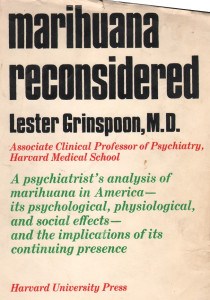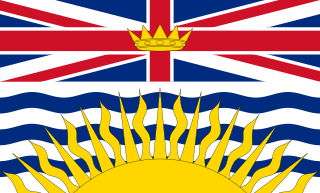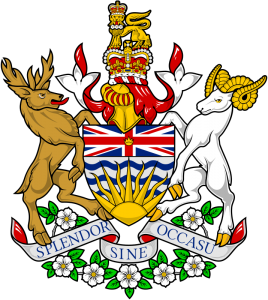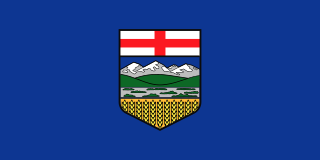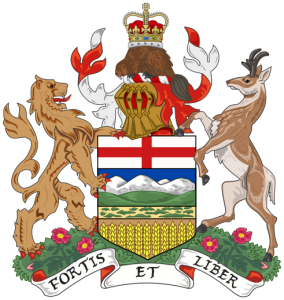Counterintuitive. Unrealistic. Punitive. Exclusionary. Asinine. These are just some of the words being used with increased frequency since the announcement of the first legal cannabis regulations. Many of the reasons why are no surprise. It was no secret that a lot of money would be at stake, so an influx of opportunists and serious contenders was anything but surprising.
Some of the new laws were of little surprise, too, to be honest. Context is everything, so reading the proposed new laws with the understanding they were guided directly by a now MP, who was formerly a police chief, made some sense. Sense in respect to a police chief’s position, but not so much for an MP who is supposed to represent and serve based on the wants of a constituency. But, OK. Hey, it’s only a start; version 1.0. It is bound to improve.
From the outset, one of the primary concerns was identified by many as a major roadblock going forward: Price. There are untold thousands who man the black- and grey markets, having served millions of customers for decades with fair-priced, high-quality product. The black market is extremely good at giving the client base what they want. It is a simple ask: Good, clean cannabis.
The government position was clear: Elimination through enforcement. But what was it Albert Einstein said about repeating the same task yet expecting a different outcome? Clearly MPs are wearing blinders when it comes to just how entrenched the black market is in our society. Those many thousands of people who carry the black market have been in the civil disobedience business longer than most MPs have been MPs.
In a way, it is no surprise. Government tends to have a distorted view of the populace. Government tends to believe it can implement its will and we will simply obey. Well, Canadians are nice, but we aren’t stupid. Being herded like sheep is not high on the priority list for any thinking person.
So, “Yeah, yeah. The feds changed the rules. Who cares? I’m still gonna do what I’ve always done.” has been the position for many people. Understandably so. It was always clear the black market was never fully understood. Feds see organized crime, or at least that’s the talking point, but the truth is far simpler: The black market is our friends, family members, neighbours and coworkers. It comprises regular, everyday people who choose to not be sheep.
Hearing government officials parrot these misconceptions is one thing. The why of it is easily understood. The logic, or lack thereof, behind it is easily picked apart and oft chalked up as more government nonsense.
When we hear those with a financial stake in legal cannabis crying for increased arrests and black market clamp-downs, it is a beast of an entirely different colour. It rightfully creates anger and division. To call for police intervention to help compensate for a flawed or failed business model is nothing short of appalling.
There are some clear messages that come from this type of call to action, none of which resulting in the effect the for which instigator is hoping. To start with, outing oneself as an opportunist over activist is seldom attractive. Skipping past the 55 reasons there are to find anger, let’s skip right ahead to the lunacy, shortsightedness and blind ignorance.
Those involved in cannabis prior to legalization have always lived with the threat of arrest. It did nothing to deter a black market that serves millions on a daily basis. While we are at it, let’s add some proper scale to the black market. While the term typically refers to growers and suppliers, it truly encompasses all who take part in it, whether that be from start to finish, somewhere in between or as just a consumer.
Prior to legalization, the size of the Canadian black market was safely in the range of about 4 million people. Let that number sink in for a moment. That is a significant percentage of the Canadian population. Stats have also suggested that in the months since legalization, black market activity has not had any kind of significant reduction. That market stability was aided in part by poor reviews of some early LP offerings and a lack of accessibility.
That is the market the legal framework would like to have step over to their side. And a significant market it is. It is a market that knows customer loyalty and product quality very well. It is a market that is used to fair prices. So, when these voices call for more arrests, who exactly do they think they are targeting?
Clearly they are operating with a lack of understanding of who their prospective customers are. Can they not see they are calling for the arrest of the very people they wish to come and buy their wares? How in any way, shape or form does that make sense in terms of attracting a loyal customer base? A loyal customer base is precisely what every canna business person wants. At what point is it recognized that loyalty is earned, not enforced?
There is so much counter intuition at play that it’s almost baffling. Demanding that people come to you, be disloyal to their current supplier and pay 3 times the price is a failed model regardless of how many misconceptions about pesticides and tainted products are put forth. There has been so little effort to win the hearts and minds of this massive consumer base, it is almost insane. Those who have gone that path have found great interest in what they are doing and they garner much attention. Some, however, are crying the blues because the cash cow they were banking on has a broken leg.
Many players seeing riches jumped on the hype wagon without fully understanding just what the government-imposed variables would mean. Those imposed variables virtually guaranteed years of a vibrant black market that continues the long-established goal of supplying reasonably priced, safe, cannabis to everyday Canadians.
LP players calling for the government to continue its failed prohibition tactics — or even increase action — make people angry. Rightfully so, too! Consumers are given a mixed message of, “When you get out of jail, come buy my weed.” It’s an approach as dumb as a bag of hammers that has proven to be ineffective. It would make more sense to be calling for government action on things such as the medical tax or inflated overhead costs for growers and retail. By advocating those things, operators would be advocating for the same things as the customer base.
It would also make sense to understand you jumped into a new and not yet understood market, so any risks taken were yours and yours alone. Calling for the government to arrest people to bail you out is, well, chickenshit cowardice. If you are not prepared to lose money for a period of time until the market normalizes and you can establish a loyal clientele, you have no business investing any money to begin with. If you are not able to objectively understand who your customer base is and will be, you have no business investing any money in such business.
If you honestly feel calling for more arrests will lure people to your products or into your store, you are in the wrong business.
And, yeah, my neck still hurts.


